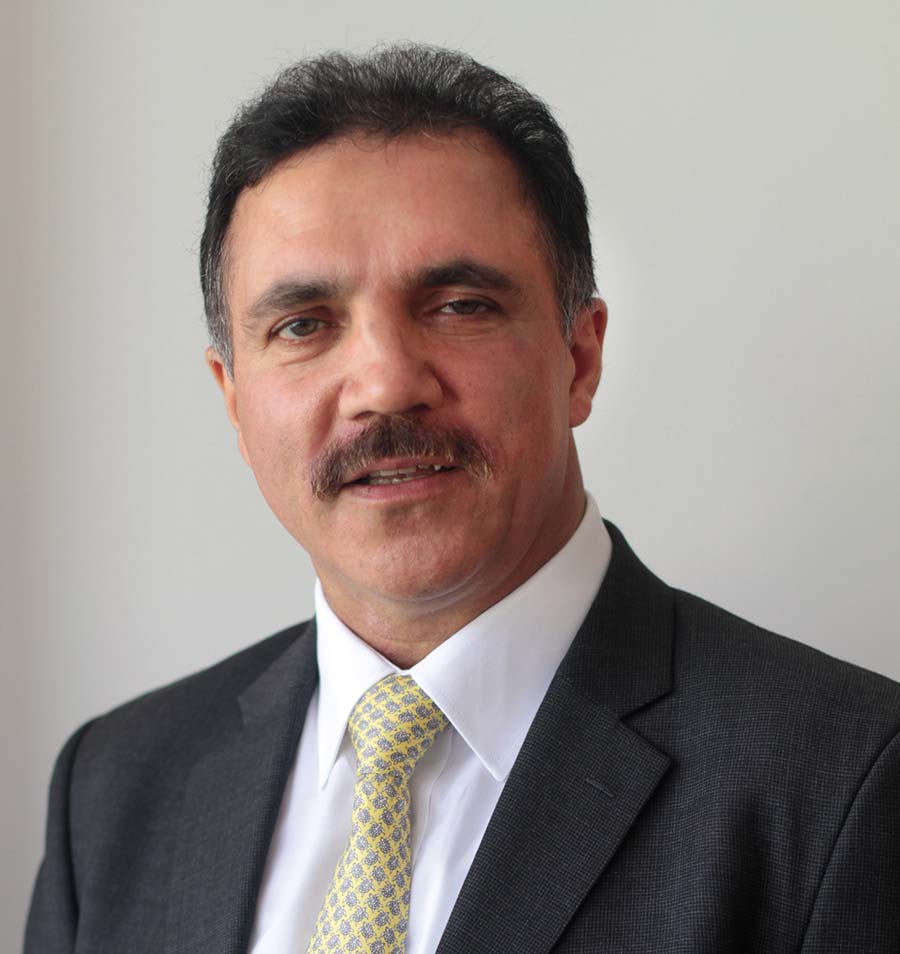Though he would fly every year to the summer palace that is built in Leh for him, HE the fourteenth Dalai Lama Tenzin Gyatso flew to Srinagar for the first time in the last 25 years.
Chief Minister Omar Abdullah received the state guest at the Srinagar airport as another huge delegation of the Buddhists and Tibetan representatives was waiting to receive him at the Nehru Guest House.
Dalai Lama is the spiritual head of Tibet who also presides over a government in exile in Dharamshalla, a mountainous spot in neighbouring Himachal Pradesh. The Tibetan ‘government’ was set up in exile almost a year after Dalai Lama escaped to India in the summer of 1959 after China occupied Tibet completely. Born in a farmer family on July 6, 1935, Gyatso was recognized as Dalai Lama in 1937 and formally enthroned as the temporal leader of Tibet on November 17, 1950 when he was 15.

Historically, there were murmurs of protest over India hosting the Tibetan leader and his government in exile when it has a Kashmir case listed with the UN, but the then Prime Minister Pt Nehru put his foot down and personally oversaw the refugees are taken care of. Most of the Muslim refugees from Tibet were driven to Srinagar on the basis of their reported Kashmiri ethnicity. They claim to be the descendents of Kashmiri wool traders who settled in Lhasa centuries earlier.
Hazratbal apart, during his week long sojourn in Srinagar, Dalai Lama is scheduled to have a visit to the Tibetan Muslim School in Hawal that his government has funded to a larger extent, and visit a Buddhist site near Harwan which is one of the many disputed venues where the Fourth International Buddhist conference was held. It was the same conference that Chinese legendry traveller Heuen Tsang visited and later provided a detailed account because he lost his shoes there. This conclave led to the division of the Buddhist followers into two sects.
Kashmir was Buddhist for more than 1000 years before some of the Hindu preachers organised debates in the post-Ashoka era and got numbers to be counted. In fact, some historians credit Kashmir for Ladakh’s transition to Buddhism. However, what is enigmatic is that not much of the Buddhist era remains exist on the ground unlike the Hindu period. The available accounts suggest a ruthless crusade against Buddhism by rulers like Mihirkula that included demolition of Budhist religious places as well. Some historians believe that Hindu era completely superimposed itself on Buddhism leaving nothing much to exist as relics. Even the Shakaracharya temple, originally set up two thousand years before the Christ, is believed to be one of the stupa’s of Budhist era.















